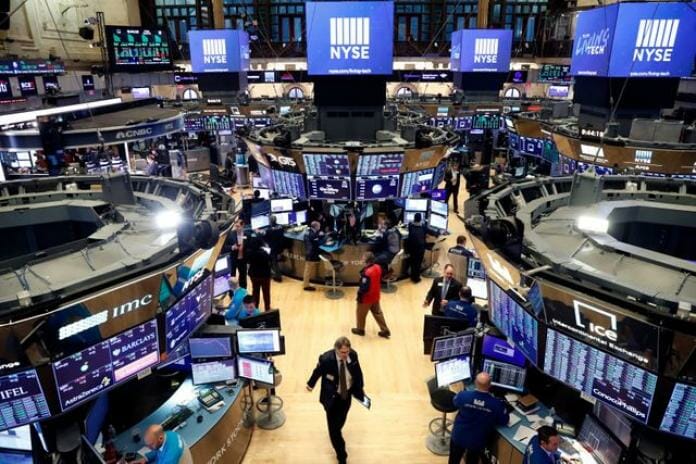The largest ever US government bond bear market set a new low this week, dragging down stocks with it. How do investors position themselves? A diversified portfolio with a conservative tilt remains essential. Within that, we believe bonds have turned even more attractive than stocks as we are likely nearer to the peak in bond yields than we are to the bottom in equities.
For sure, the Fed is likely to maintain its higher-for-longer rates mantra as long as inflation and oil prices remain elevated and the job market resilient. A hawkish Fed and rising US fiscal deficit sustain the risk of higher bond yields in the near term. The so-called term-premium, or the extra yield that investors demand to hold longer-term bonds, has just turned positive. There is risk of a further rise (the average term premium on the US 10-year bond since 1990 is 1.14% vs today’s 0.22%).
Slowing inflation: Nevertheless, US core inflation continues to fall (consensus for September: 4.1% y/y) and is likely to be below the Fed’s updated forecast for core PCE inflation for Q4 23 (3.7% y/y), provided oil prices are contained (the past week’s 10% pullback in oil prices helps). Lower-than-expected inflation should allow the Fed to hold rates for the rest of the year. Elevated service sector wage growth remains a risk to this view.
Cooling activity: We also expect growth to slow in the coming quarters amid tightening financial conditions and as the summertime boom in consumer spending fades. The resumption of student debt repayments and high gasoline prices are likely to crimp disposable income. The latest PMI data this week suggests the service sector is softening. The job market is sending mixed signals: while job openings rebounded strongly, private sector job creation slowed well below expectations. Friday’s employment report is likely to throw more light on the extent of the job market’s resilience.
Political uncertainty adds to hard-landing risks: The US political deadlock following the ouster of House Speaker McCarthy reduces the chance of higher fiscal spending and deficits, at least until next year’s Presidential elections. Higher fiscal deficits were one of the drivers of the latest surge in bond yields. Against this backdrop, risks of a deeper recession (hard-landing scenario) are likely to rise if rates stay high for longer.
The case for bonds over equities: For investors with a 6-12 month horizon, the above backdrop argues for averaging into Developed Market government bonds, taking some profit from this year’s rise in equities. Yields on the relatively risk-free US government bond are now more attractive than the S&P500 earnings yield (inverse of the P/E ratio – see chart). Meanwhile, the bar for US earnings beats has risen after Q3 23 earnings estimates were revised up ahead of the earnings season starting next week. This is a potential near-term headwind for equities. The S&P500 index is testing a pivotal support level; a break below the 200DMA, coinciding with the uptrend line from last year’s lows (see chart), could extend the sell-off in equities.
Lessons from history: Bonds will get an additional boost once the economy and job market weaken significantly under the pressure of higher rates and the Fed capitulates. History shows that a rapid surge in bond yields has almost always led to a financial accident or a crisis, driving bond yields sharply lower.
Remain selective in equities: We prefer the US and Japan over other equity markets given their relatively stronger earnings outlook. In the US, we prefer the technology and communications sectors, which have seen upward earnings revisions and have defensive qualities given their wide earnings moats; the healthcare sector offers a defensive hedge. In China, the Golden Week is likely to further boost our preferred consumer discretionary and communication services sectors.
Opportunity in gold: Gold looks technically oversold on the back of the recent surge in US real (inflation-adjusted) yields and the USD. Gold is also testing its 200-week moving average. We would add exposure at these levels. Conversely, we expect the USD index (DXY) to test the 105.6 support level.
By SC chief analysts Rajat Bhattacharya









